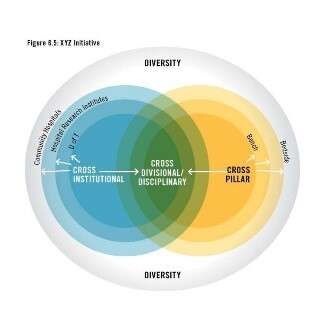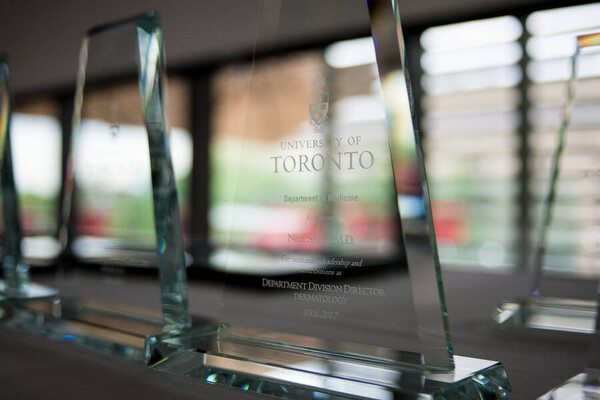Main Second Level Navigation
Nov 2, 2020
Chair's Column: The Golden Era of Research: How can we maximize our impact?
About Us, Cardiology, Clinical Immunology & Allergy, Clinical Pharmacology & Toxicology, Division of Dermatology, Emergency Medicine, Endocrinology & Metabolism, Faculty, Gastroenterology & Hepatology, General Internal Medicine, Geriatric Medicine, Hematology, Infectious Diseases, Medical Oncology, Nephrology, Neurology, Occupational Medicine, Physical Medicine & Rehabilitation, Quality & Innovation, Respirology, Rheumatology, Palliative Medicine, Department of Medicine: Insulin 100




